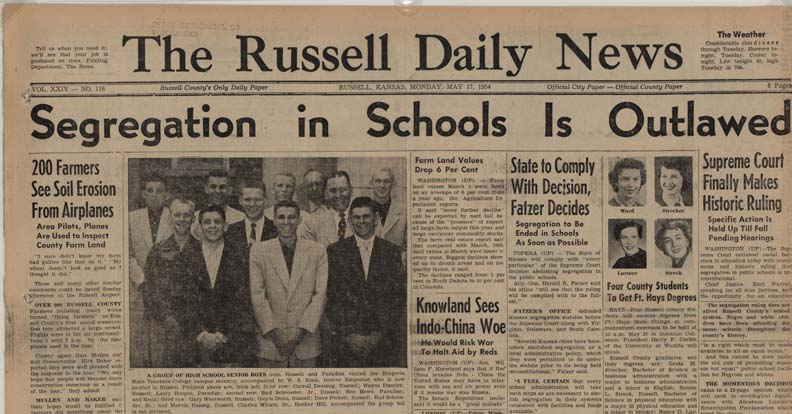En Banc Federal Circuit Adopts a New Test for Design Patent Obviousness | Knobbe Martens
Before Moore, Lourie, Dyk, Prost, Reyna, Taranto, Chen, Hughes, Stoll, and Stark. Appeal from the United States Patent and Trademark Office, Patent Trial and Appeal Board.
Summary: Sitting en banc, the Federal Circuit overruled the Rosen-Durling test for determining whether a design patent is invalid as obvious, instead adopting “a more flexible” approach.
LKQ Corporation and Keystone Automotive Industries, Inc. (collectively “LKQ”) petitioned for inter partes review of a design patent owned by GM Global Technology LLC regarding an automotive fender.
The Patent Trial and Appeal Board applied the Rosen-Durling test, under which a primary reference “must be ‘basically the same’ as the challenged design claim,” and any secondary references “must be ‘so related’ to the primary reference that features in one would suggest application of those features to the other.” The Board determined that LKQ failed to prove obviousness because it failed to establish that the design of LKQ’s lead reference was “basically the same” as the claimed design. Because it determined that the lead reference did not qualify as a primary reference under the Rosen-Durling standard, the Board never considered whether LKQ’s secondary reference was “so related” to the lead reference “that features in one would suggest application of those features to the other.”
LKQ appealed, and a Federal Circuit panel affirmed the Board’s decision. The Federal Circuit then granted rehearing en banc and vacated the panel opinion.
Sitting en banc, the Federal Circuit overruled the Rosen-During test. The Federal Circuit concluded that the test was at odds with 35 U.S.C. § 103’s “broad and flexible standard” and Supreme Court precedent in KSR and Graham suggesting “a more flexible approach” when determining obviousness. The Federal Circuit laid out a framework for determining design-patent obviousness with reference to the Graham factors.
First, one “consider[s] the ‘scope and content of the prior art’ within the knowledge of an ordinary designer in the field of the design.” The Federal Circuit declined to “delineate the full and precise contours of the analogous art test for design patents.” The court stated that “[p]rior art designs for the same field of endeavor as the article of manufacture will be analogous,” but did “not foreclose that other art could also be analogous.”
Second, one “determin[es] the differences between the prior art designs and the design claim at issue.” The Federal Circuit’s approach “casts aside a threshold ‘similarity’ requirement.” Instead, one “compare[s] the visual appearance of the claimed design with prior art designs . . . from the perspective of an ordinary designer in the field of the article of manufacture.”
Third, one determines “the level of ordinary skill in the pertinent art.” The Federal Circuit declined to “disturb [its] existing precedent regarding the application of secondary considerations such as commercial success, industry praise, and copying to the obviousness analysis in design patents.”
The Federal Circuit “reaffirm[ed]” that the obviousness analysis for design patents “focuses on the visual impression of the claimed design as a whole and not on selected individual features.” The court stated that “[t]he primary and secondary references need not be ‘so related’ such that features in one would suggest application of those features in the other, but they must both be analogous art to the patented design.” Finally, the court explained that “the motivation to combine these references need not come from the references themselves.”
Judge Lourie concurred, stating that the court could have made the Rosen and Durling precedents less rigid rather than overruling them.
Editor: Sean Murray
LKQ Corp. v. GM Glob. Tech. Operations LLC [EN BANC OPINION]





